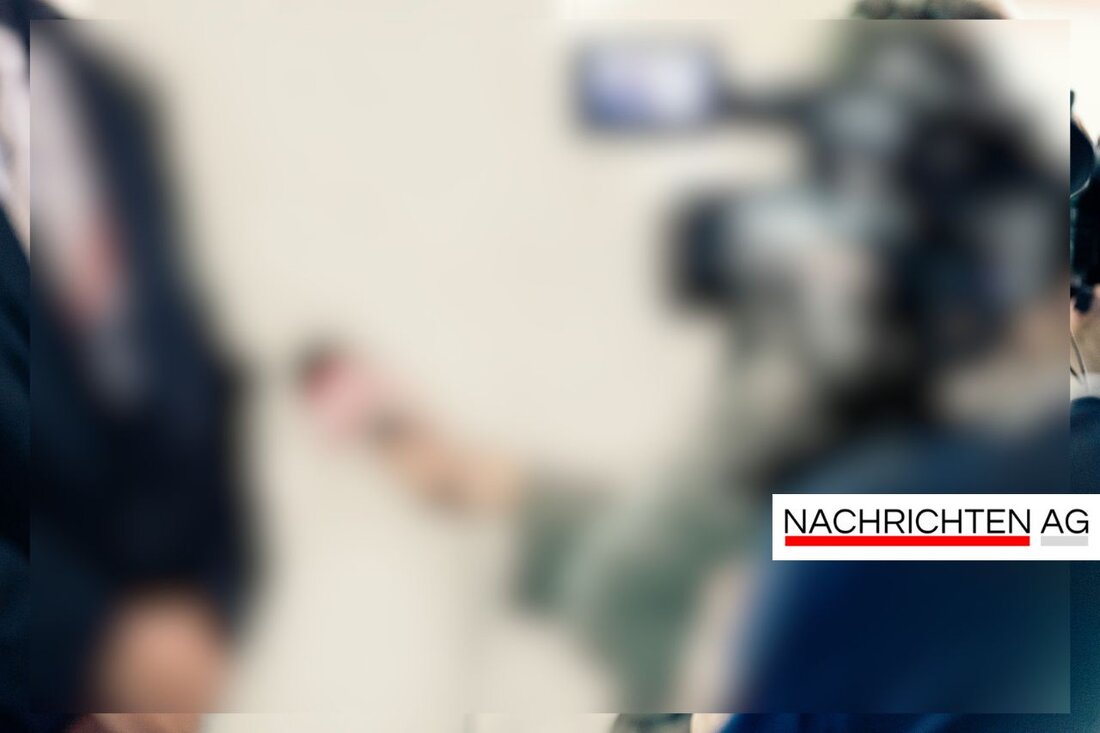Students from Stendal create dystopian visions of the future for 2050!
Students from Stendal create dystopian visions of the future in the “Generation 2050” project – insight into their concerns and hopes.

Students from Stendal create dystopian visions of the future for 2050!
Students from the Komarow Secondary School in Stendal dared to take an interesting journey through time into the future as part of the “Generation 2050” project, which was launched by the “Zeitgeist” association from Berlin. On November 7, 2025, the students not only created posters, but also staged games in which they presented their ideas about the year 2050. Dystopian visions of the future dominated, which impressively reflected the current feelings of powerlessness among young people. These developments are underscored by an article in Volksstimme, which draws attention to the project and highlights the young people's creative forms of expression. People's voice reports that Linh Vo-Fromme and Sandy Bernert lead workshops in Saxony-Anhalt and want to show students strategies for action in order to actively participate in society, be it through voting, demonstrating or getting involved.
This examination of the future is more than just a creative experiment. The upcoming future congress in Magdeburg, in which Minister Petra Grimm-Benne (SPD) will also take part, offers students the chance to discuss their ideas and concerns. Many students have given positive feedback on the project and report an increased interest in politics and democracy. The entire project is generously supported by lottery funding and a state program, which underlines the importance of this topic. The digital institute emphasizes that utopias and dystopias have always fascinated humanity. While utopias often dream of an ideal society, dystopias warn of possible dystopian developments that result from social problems.
A mirror of the present
Just like the students in Stendal, literary works have been giving us a lot of food for thought for centuries. In literature, utopias and dystopias not only serve as entertainment, but also as a way to critically examine one's own reality. The works of Aldous Huxley, George Orwell and Thomas More are contemporary witnesses and warnings at the same time: they are to be understood as models that reflect current social events and encourage us to take action and not sit idly by.
However, in our world there are also health issues that are often linked to social expectations. One example is hyperpigmentation, a common skin condition in which certain areas of skin appear darker than others. This appearance, which ranges from age spots to sunspots, is another at least partially dystopian element that can influence young people's self-image. Cleveland Clinic describes how hyperpigmentation can affect people of any race or ethnicity and often increases insecurities surrounding appearance.
The “Generation 2050” project not only offers a platform to reflect young people’s fears about the future, but also motivates them to actively look for solutions and engage with their political environment. Just as in literature, where utopias and dystopias shape our imaginations, these young people can act as ambassadors of possible positive change in the world.

 Suche
Suche
 Mein Konto
Mein Konto